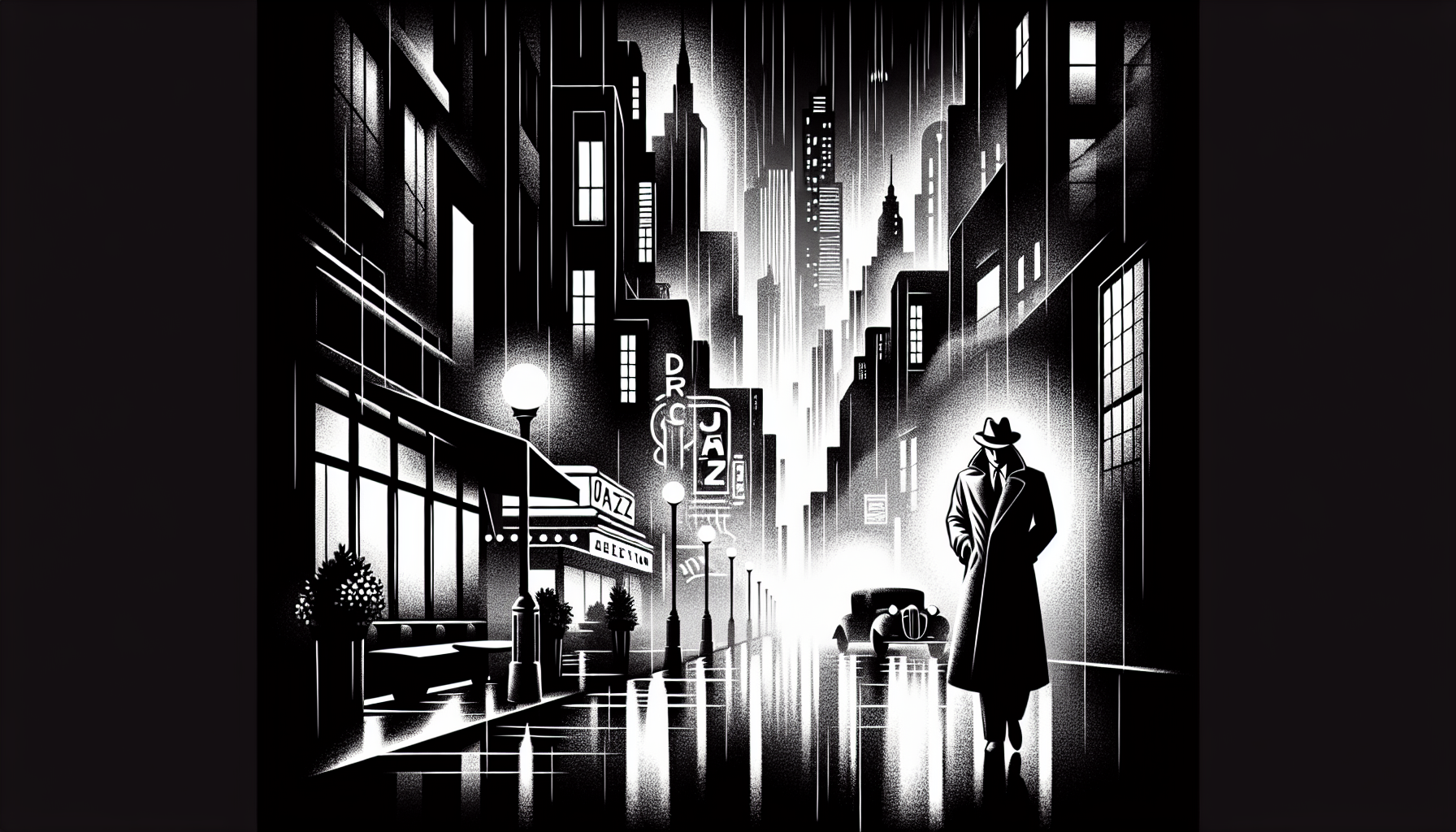
Introduction to Film Noir
Film noir, a cinematic term used primarily to describe stylish Hollywood crime dramas, particularly those that emphasize cynical attitudes and sexual motivations, emerged during the early 1940s. The term itself—French for black film—was first applied by French critic Nino Frank in 1946 and has since been widely adopted to describe this genre of film. But what defines film noir? Understanding its unique elements and origins offers a glimpse into one of the most intriguing chapters of film history.
Origins and Historical Context
The roots of film noir can be traced back to the early 20th century, originating from a blend of American crime fiction and the dark, moody aesthetics found in German Expressionist cinema. Following the Depression era and during the turbulent times of World War II, film noir began to take shape, reflecting the prevailing feelings of disillusionment and a sense of foreboding. This period coincided with the rise of hard-boiled detective novels by authors like Dashiell Hammett and Raymond Chandler, whose works influenced the narrative style and characters typical of film noir.
Influence of German Expressionism
The visual style of film noir heavily borrowed from German Expressionism, with its use of stark light and shadow, unbalanced compositions, and a general atmosphere of disorientation and unease. Directors like Fritz Lang, who migrated to Hollywood from Germany, brought with them techniques that would become central to the noir aesthetic.
Defining Characteristics of Film Noir
Film noir is characterized by a number of thematic and stylistic trademarks that set it apart from other genres. These elements not only define the look and feel of a noir film but also deepen the psychological complexity of its narratives and characters.
Visual Style
Noir features low-key, black-and-white visual styles with stark lighting patterns. The lighting is often used to reflect the moral ambiguity and existential dread of its characters. Shadow and light are played against each other in dramatic ways, often using urban environments at night to enhance the moody atmosphere.
Themes and Tone
The typical tone of film noir is cynical, with narratives centered on crime, moral corruption, and a dark, pessimistic worldview. Themes often revolve around existential questions, the futility of struggle, and the inevitability of doom. The protagonists, whether detectives, criminals, or femme fatales, frequently face difficult choices that challenge their own ethics and values.
Iconic Characters
Film noir is famous for its complex characters like the hard-boiled detective, who navigates the treacherous urban landscape with a cynical attitude and a code of personal honor. Equally significant is the femme fatale, a mysterious and seductive woman whose charms ensnare the protagonist, often leading to his downfall. These characters are not entirely heroes or villains but are deeply flawed individuals caught in difficult situations.
The Evolution and Legacy of Film Noir
While classic film noir was predominantly an American phenomenon during the 1940s and 1950s, its influence extended throughout global cinema and continued into modern film-making. With the rise of Neo-noir in the 1970s and beyond, contemporary directors like David Lynch and the Coen Brothers have adapted and revived noir elements within a modern context, demonstrating the genre’s lasting appeal and versatility.
Impact on Other Media
The aesthetics and themes of film noir have transcended cinema to influence a wide range of other media, including television, graphic novels, and video games. Its distinctive style and tone can be seen in TV shows like True Detective and in the dark, moody narratives of graphic novels such as Frank Miller’s Sin City.
Cultural Significance
Film noir offers more than just entertainment; it provides a lens through which we can explore the darker aspects of human nature and societal issues. In its reflection of the times, film noir serves as a historical artifact that helps us understand the anxieties of the past, offering enduring insights into the human condition. Its continuing influence on global cinema is a testament to its universal themes and stylistic innovation, securing its place as a cherished genre in the history of filmmaking.






